From Hormones to Doshas: Understanding Dandruff the Ayurvedic Way
Remember those logical analogy problems we used to solve in General Knowledge classes or for aptitude tests? The ones that were like, “Brick is to House as Paper is to ‘?’” They were so easy and fun, right? Miss them? Let’s do a skincare-themed one!
Pimples are to the face as “?” is to the scalp.
Were you able to guess, or should I tell you? The answer is dandruff! “How?” Read the next line, and you’ll know exactly why or “how”.

Because both of them show up exactly when you have somewhere to be! Be it an important presentation or a lovely date night—boom! Here comes the snowstorm!
And no, it’s not because you’re unhygienic (let’s clear that up, pun intended!). Dandruff – that infuriating pest – is actually a mix of a multiplicity of factors: sleep, stress, hormones, and even Ayurvedic doshas.
In this blog, we break down why dandruff has commitment issues (disappearing for a week and coming back worse), along with discussing each of the aforementioned factors and explaining why a dandruff Ayurvedic shampoo is just what you need!
Table of Contents: |
The Science Behind Dandruff
Simply put, dandruff is your scalp’s overreaction to a very normal fungus called Malassezia globosa. We say ‘normal fungus’ because everyone has it, but in certain individuals, it goes rogue. “Does oil increase dandruff?” Fair question to ask. Yes, most times, it feeds on the scalp’s oil and breaks it down into fatty acids, which then irritate the skin.
Now, to this fungal drama, add excess oil, lack of sleep, and a huge load of stress, and you’ve basically made arrangements for this “guest” to become a housemate.
Where Does Stress Come In?
Do you know there’s a hormone produced by your body called cortisol? This hormone is infamously known as the stress hormone, as it is released when you’re stressed. It’s superpower? Releasing oil. The same oil, which actually becomes the fungus’s food. Not to mention, stress also weakens your scalp’s barrier, making flakes, itching, and irritation inevitable.
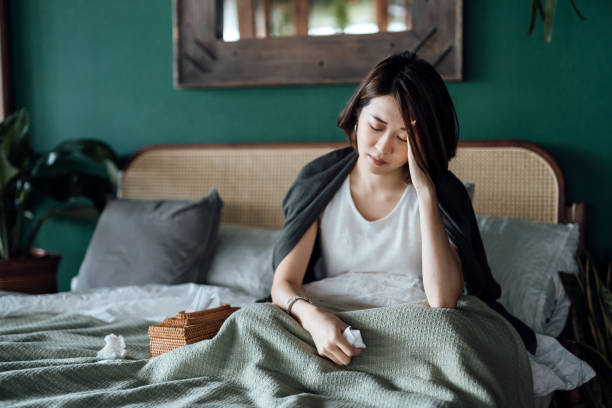
The Role of Sleep
The term ‘beauty sleep’ gets thrown around a lot, but sleep isn’t just for beauty. It’s for your body and your scalp to repair and renew themselves. Lack of proper sleep slows down cell turnover, which turns the accumulated dead skin into flakes. So yes, lack of sleep goes far beyond just dark circles.
Dandruff in Teenagers: Role of Puberty and Hormones
If you’re a teen (or remember being one), I’m sure you recall a phase where your hair was way, waayyy greasier for some reason. Perks of puberty! During puberty, there’s a high surge in hormones, aka your oil glands start working overtime.
No wonder dandruff is such a common thing among teenagers. Your scalp is fighting a vicious battle against these sudden hormonal changes, and sometimes… there’s more damage than expected.
Common Mistakes Made by Teenagers
No judgement; we’ve all been there. The primary mistake teenagers make is to treat dandruff as a beauty issue rather than a skin condition. And where does that lead?
-
Overwashing the scalp, thinking the flakes just need to be cleansed away, but instead drying them and making things worse
-
Using influencer-recommended hacks like lemon juice or “magic oils” and ending up with a further irritated scalp
-
Switching shampoos weekly, which just further confuses the scalp barrier.

Simple and Natural Fixes to Try
Instead of such harsh treatments, teens just need to go gentle. Opt for a mild dandruff Ayurvedic shampoo with herbs like bhringraj, neem, or tea tree oil, as they help to control oil without stripping the scalp. Pair that with regular hair brushing to enhance circulation, and lo and behold – you’ve cracked the code!
Dandruff in Men vs. Women
While we continue to fight for equality in workplaces and society, it’s time we do it from dandruff as well because flakes have favourites too!
In Men:
Men have high testosterone levels, which boost sebum production. Now add gym sweat, tight helmets, and not changing pillowcases and towels often (don’t deny it) to that mix. Yeah, full-force dandruff-storm incoming!
Fix: Since men tend to have naturally oilier scalps, go for lightweight herbal shampoos with antifungal properties (like neem and reetha).

In Women:
On the other hand, women tend to face dandruff storms mostly due to hormonal changes, be it due to menstruation, pregnancy, or PCOD/PCOS. All this, combined with excessive heat and styling, overuse of dry shampoo and salon treatments, further imbalances the scalp’s natural oil levels.
Fix: Use a dandruff Ayurvedic shampoo that cleanses as well as nourishes. Ones with ingredients like aloe vera, hibiscus, or amla prove to be especially effective when it comes to soothing sensitivity and restoring balance.
What It Comes Down To: Men need more cleansing, whereas women need more hydration. It’s time both of them stop reaching for the same shampoo bottle on the shelf and go for custom approaches.
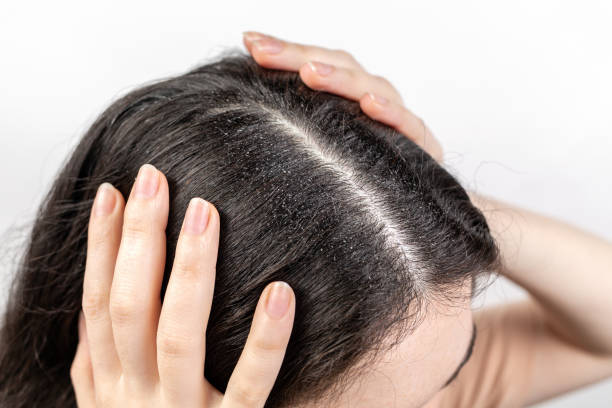
Ayurveda’s Take: The Dosha Dilemma
Now that we’ve addressed the “hygiene issue” and the “fungal issue”, it’s time to talk about the “dosha issue (imbalance)”. The three governing energies of your body and their connection with dandruff are as follows:
Vata Dandruff:
-
Symptoms: Dryness, thin flakes, and itchiness
-
Cause: Excess of the air element, dehydration, irregular meals, stress, cold weather
-
Fix: Hydration, grounding foods (like ghee, dates, root vegetables, etc.), and warm oil massages with almond or sesame oil
Pitta Dandruff:
-
Symptoms: Redness, burning, inflammation, and itchiness
-
Cause: Excess heat in the body, possibly due to spicy food, stress, or sun exposure
-
Fix: Use of aloe vera-based shampoos and cooling oils like coconut or bhringraj oil
Kapha Dandruff:
-
Symptoms: Greasy scalp, thick flakes, and scalp odour
-
Cause: Excess water and earth element; oily diet, lack of washing, humidity
-
Fix: Use of lightweight oils and shampoos with reetha, neem, or triphala and regular exfoliation
The brilliance of Ayurveda lies in ‘balance’. Removing dandruff is part of the process. The ultimate goal remains to restore harmony between your body, scalp, and the environment.
Stress and Sleep Management
Go ahead and use the “bestest” products you can find, but until you fix the chaos in your mind, you won’t be able to stop your scalp from showing it. Stress and sleep are silent (and often overlooked) dandruff triggers.
Stress Management Practices
-
Breathing Exercises: They help to slow down the release of cortisol and thus improve scalp circulation
-
Yoga: Yoga poses, especially Shashankasana (Child’s Pose) and Viparita Karani (Legs-up-the-wall), prove to be especially beneficial.
-
Scalp Massage: A 10-minute massage with some warm oil goes a long way. It doesn’t just reduce tension but also enhances circulation and delivery of nutrients to the hair follicles.
Something to Consider: If you have a dry scalp (Vata type), oiling can be particularly beneficial. But if you have an oily scalp, avoid leaving the oil overnight and ensure that you wash it off properly.
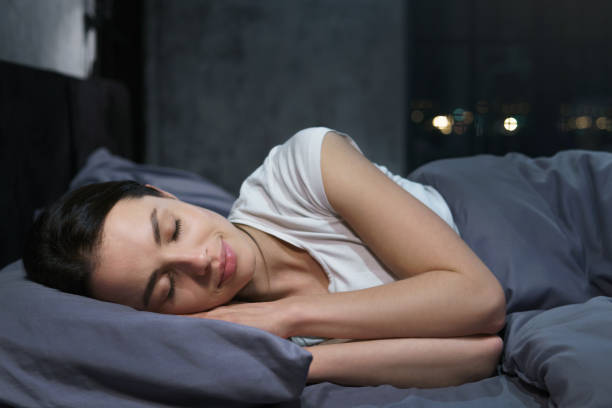
Some Sleep Hygiene Tips:
-
Stick to a routine bedtime. Your scalp also follows your body’s clock
-
Avoid or limit caffeine consumption and screen time after sunset
-
Switch to a cotton or silk pillowcase and change it regularly
-
Incorporate calming rituals like diffusion oils, journaling, or gentle stretches before bed
Natural and Lifestyle Changes
After working through your mind’s chaos, you must also sort out your lifestyle habits. Dandruff prevention is as much about how you live as what you apply.
Diet and Hydration
-
Eat foods rich in antioxidants (green leafy vegetables, nuts and seeds, etc.)
-
Improve gut health by eating foods rich in probiotics, like curd
-
Avoid excessively sugary, processed, oily, and fatty foods, as they trigger inflammation and sebum production
-
Stop switching water for your daily iced coffees (teens, I’m looking at you… and some adults too) and meet your daily hydration goals.

Product Choices
-
Go for sulphate- and paraben-free shampoos with Ayurvedic herbs
-
Avoid products containing strong or artificial fragrances, as they irritate the scalp
-
If using styling products, ensure that you rinse them thoroughly before bed
Other Tips
-
Keep hair tools like combs and brushes clean
-
Avoid sharing hats or towels
-
Avoid tying wet hair, as it traps moisture and encourages fungal growth
-
Make sure to get enough sun to maintain your vitamin D levels
Conclusion
So, what did we learn? Dandruff isn’t a simple hygiene issue or a sign of neglect; it’s your scalp’s way of saying, “Hey, something’s off-balance.”
From teenage hormonal storms to adult stress cycles, from sleepless nights to misused oils — every tiny lifestyle choice shows up on your scalp.
The solution lies not in over-cleansing or switching shampoos weekly but in aligning your habits with what your body (and dosha) needs.
Choose a dandruff ayurvedic shampoo that respects your scalp’s nature. Manage your stress, prioritise your sleep, and oil mindfully, not excessively.
Because when your inner systems are balanced, your scalp follows. No more snow on your shoulders, no more hiding behind hats, just calm, clean, and confident hair days ahead.
Recommended Products By Blue Nectar
Briganantadi Shikakai Anti-Dandruff Shampoo for Men and Women(26 Herbs)
Briganantadi Tea Tree Anti Dandruff Oil for Hair | Clean & Healthy Scalp
Tea Tree Anti Dandruff Ayurvedic Hair Oil & Anti Dandruff Hair Cleanser Shampoo with Bhringraj Oil
Related Articles
Get dandruff free hair with natural ayurvedic haircare products and tips
Why Hair Care Products Aren’t Working for You? Check pH of Hair and Scalp
Foods That Trigger Dandruff vs Foods That Fight It
Ayurvedic Hair Care - A Complete Guide on Doshas and Hair Treatment
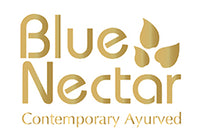

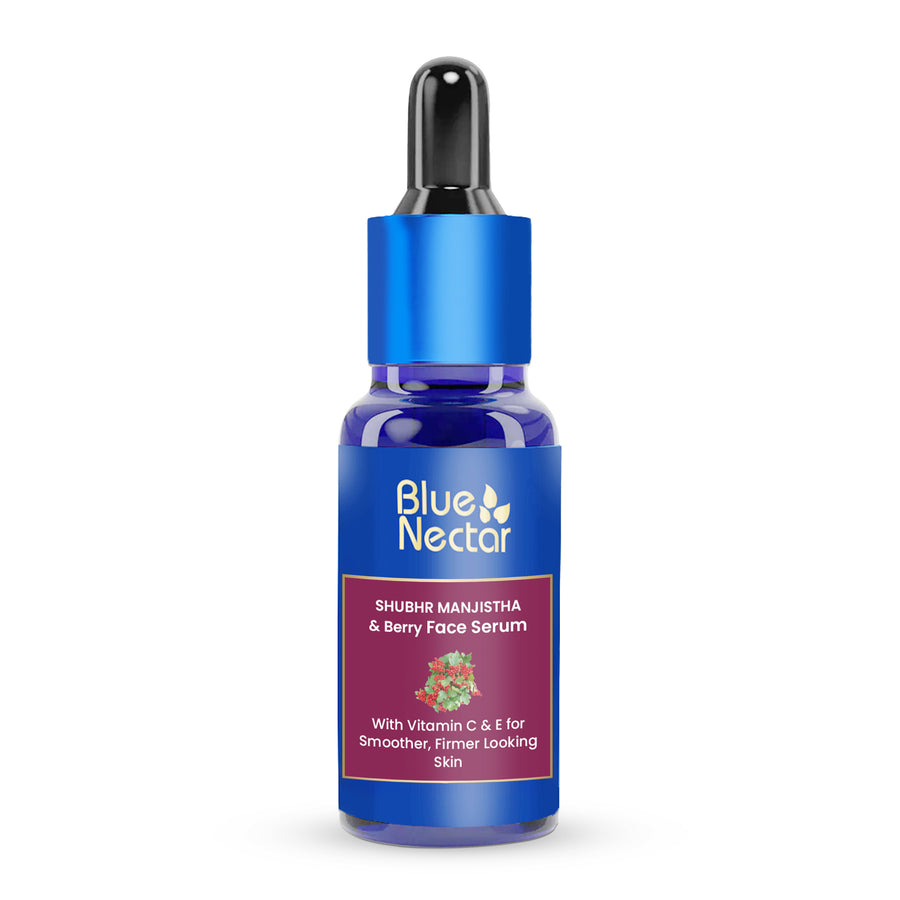
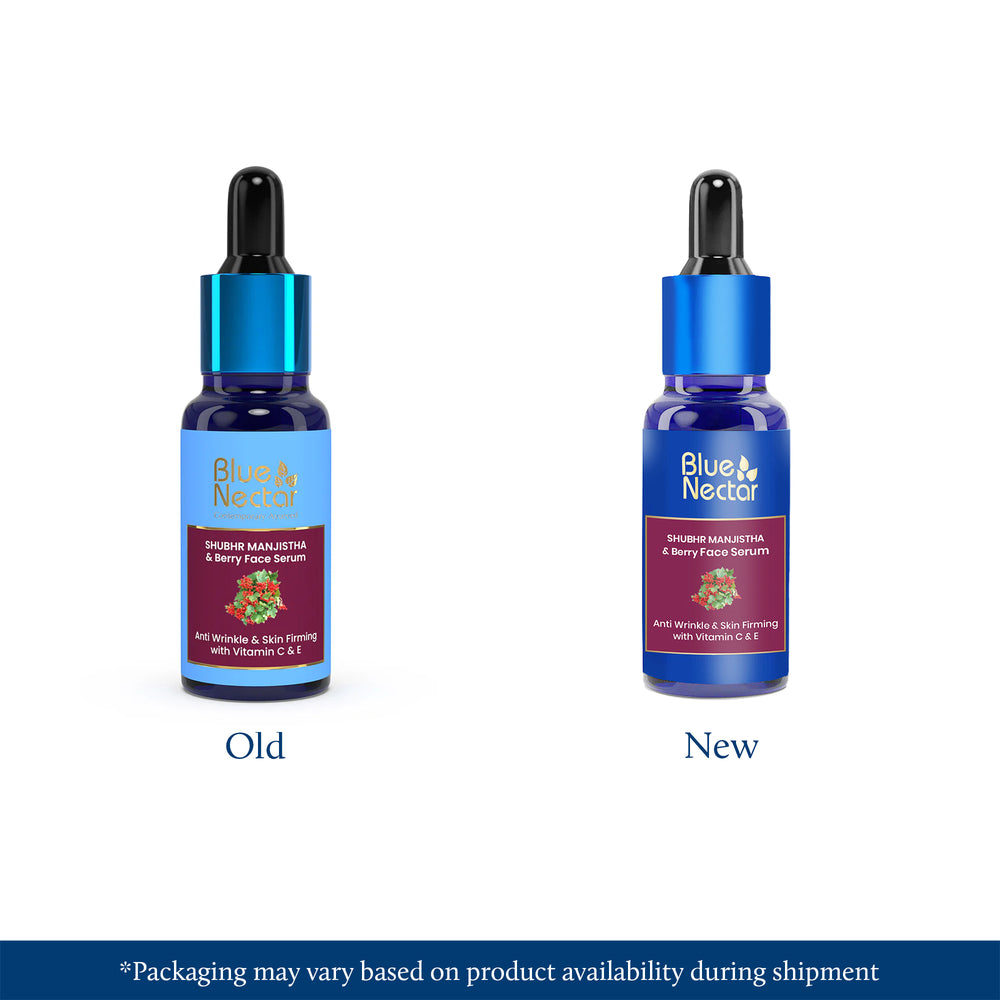
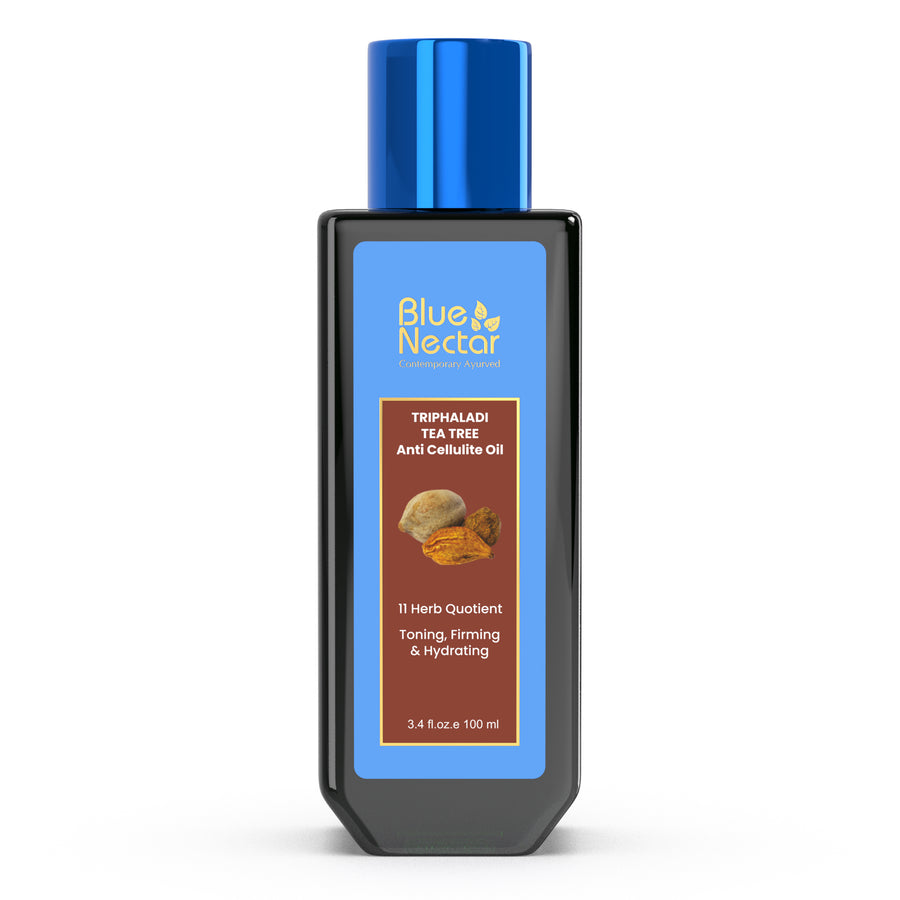
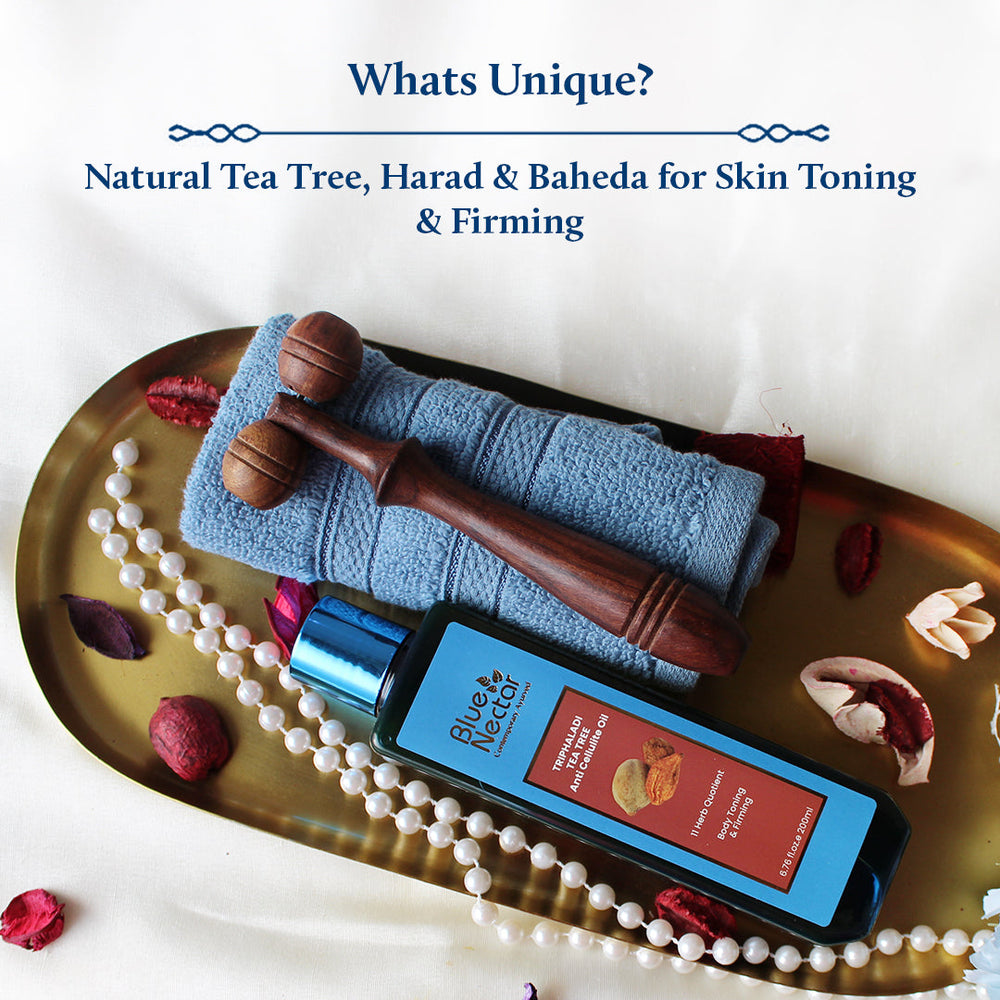
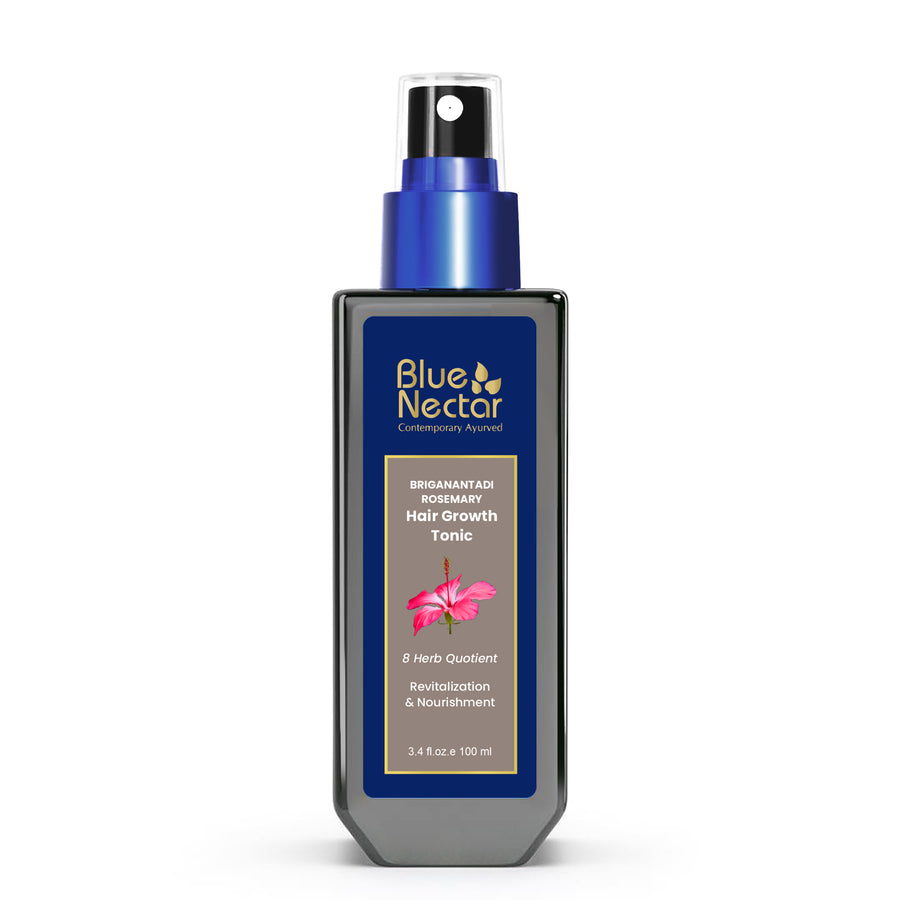
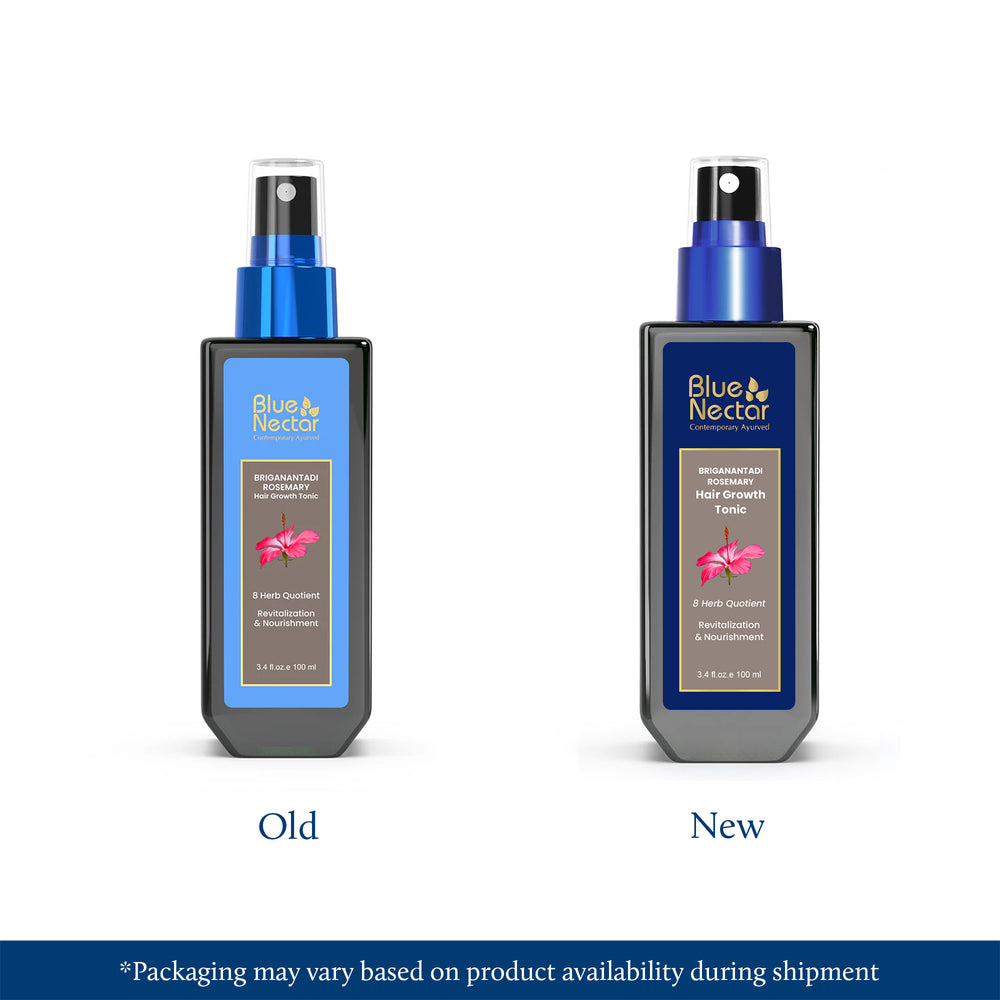
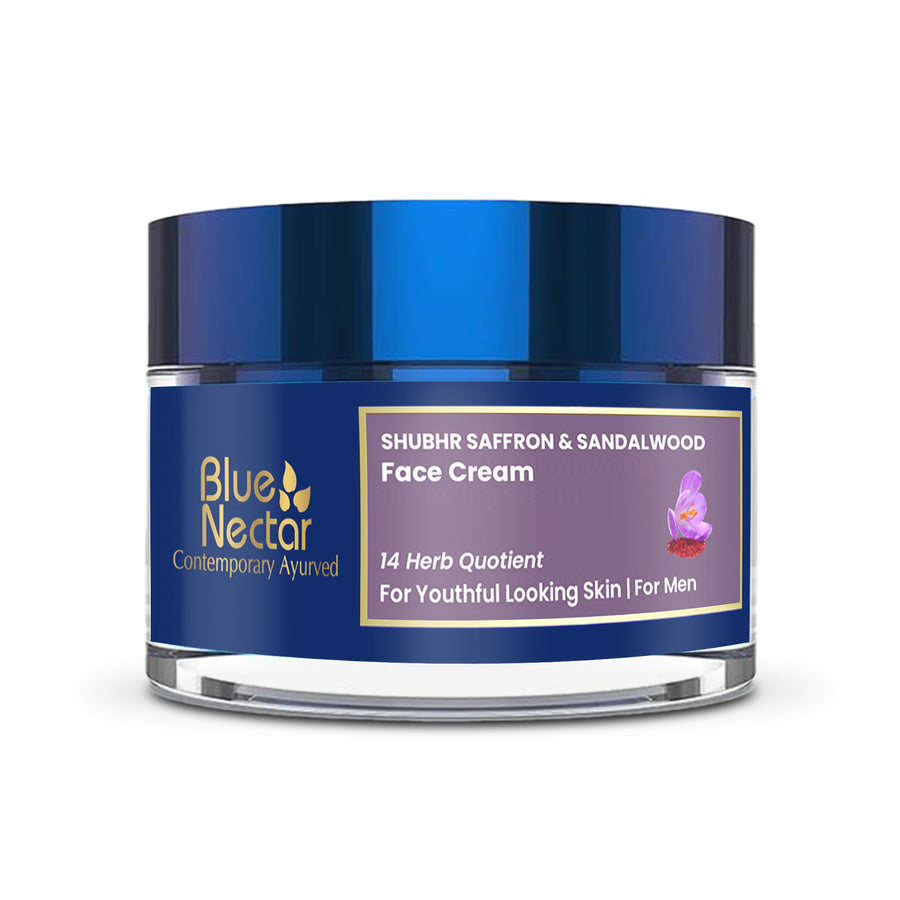
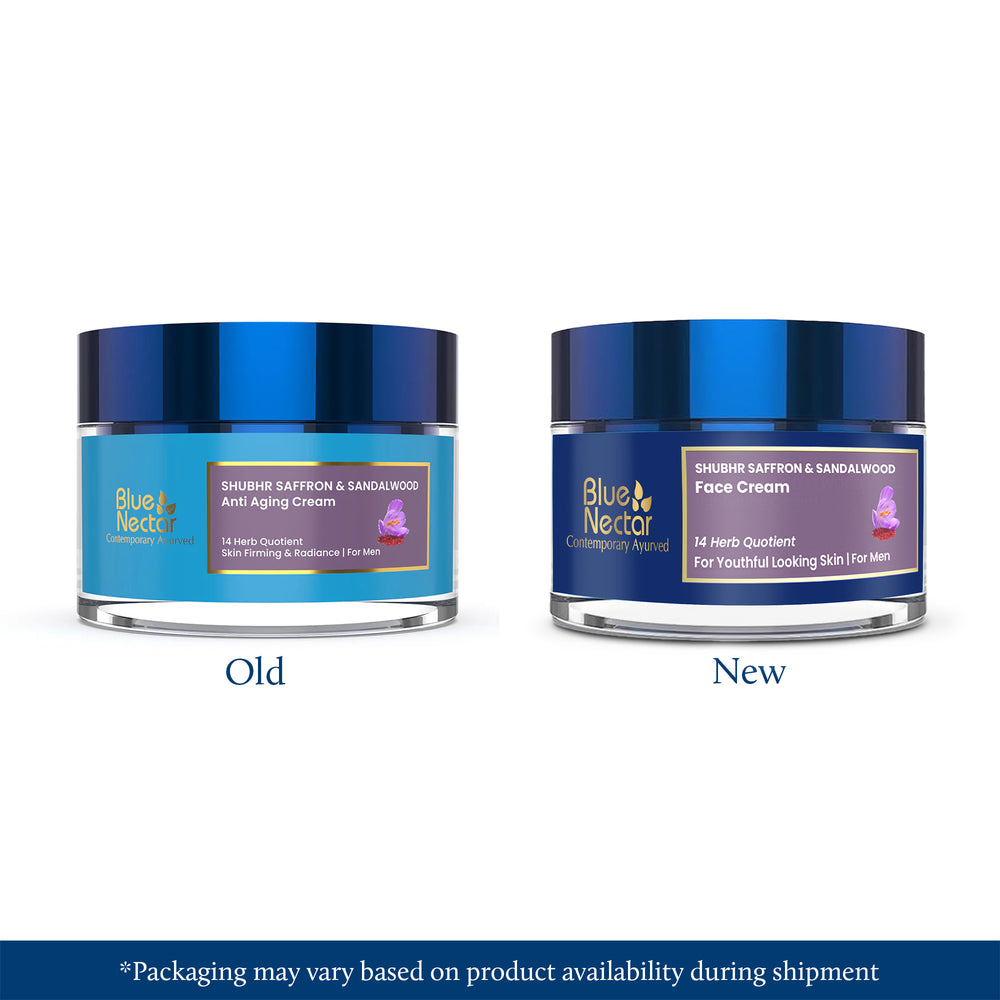
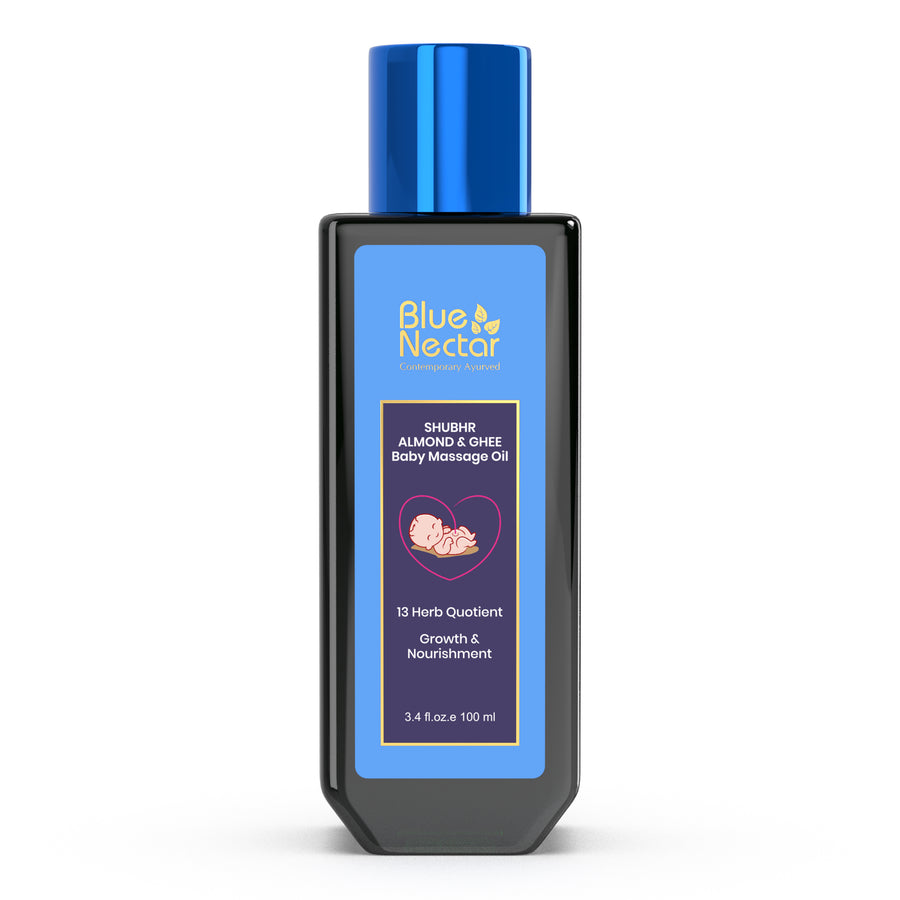
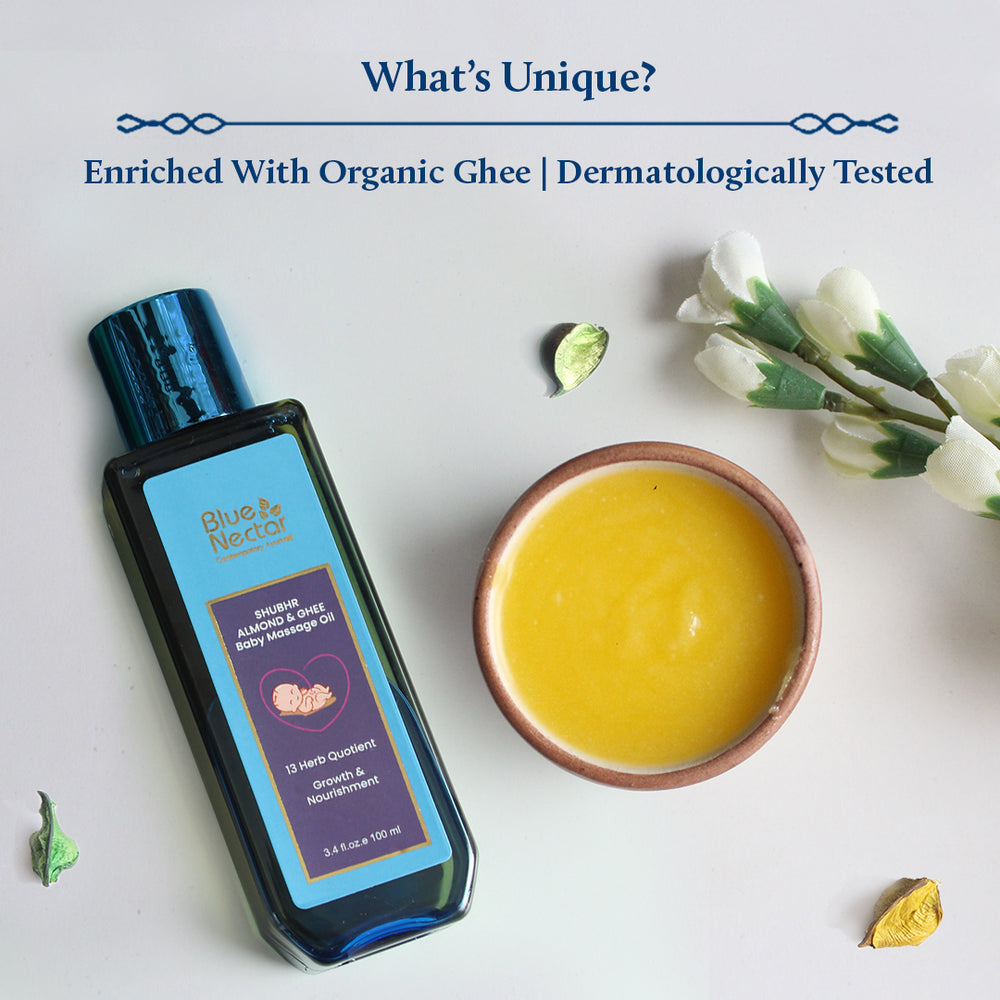
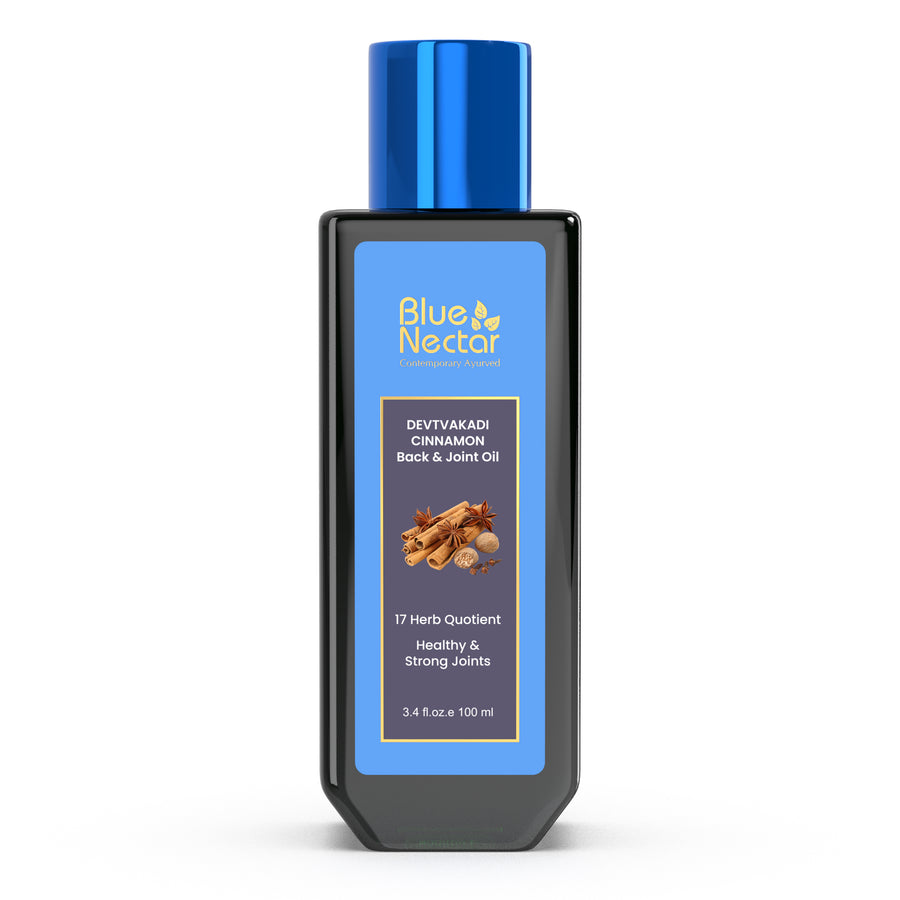
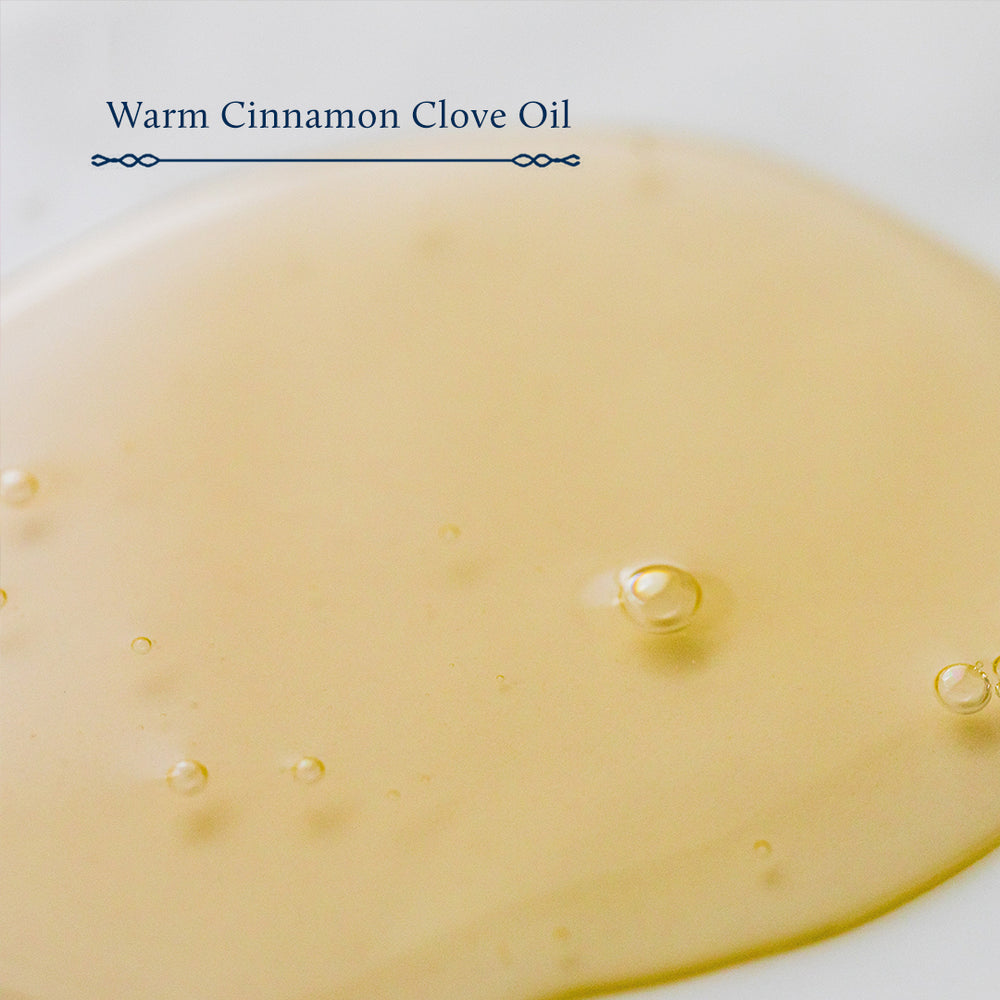


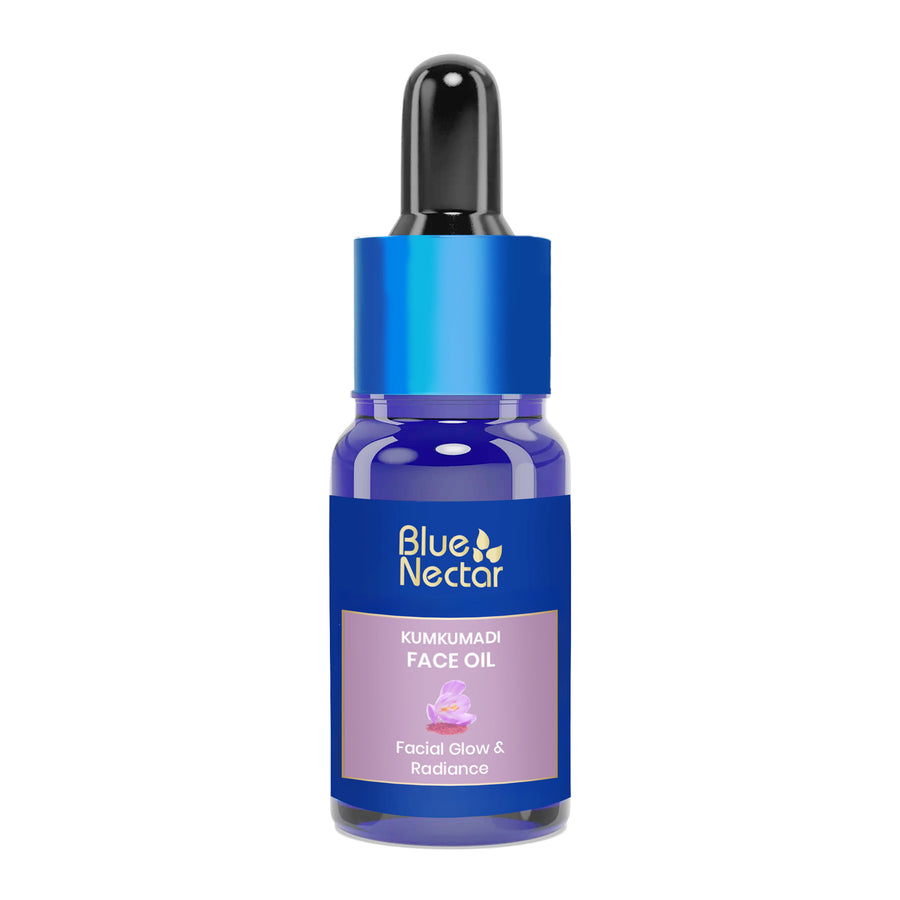
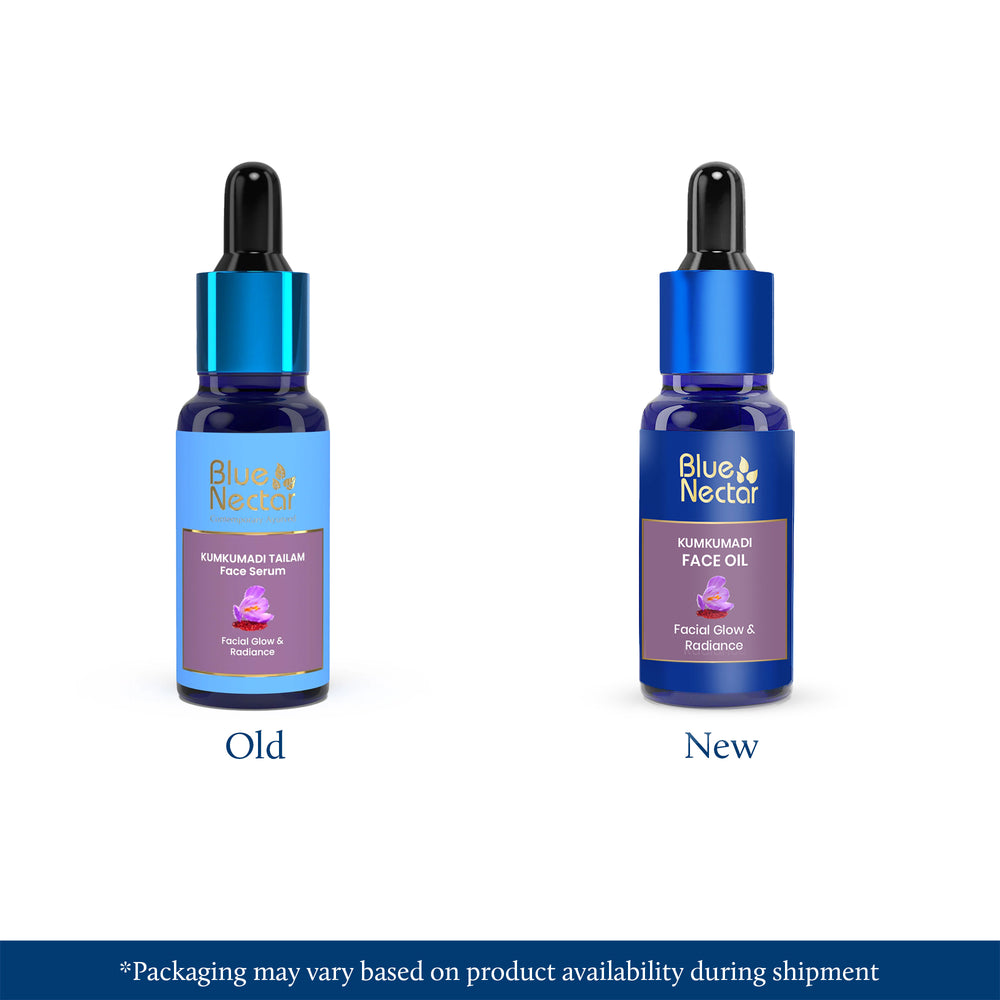
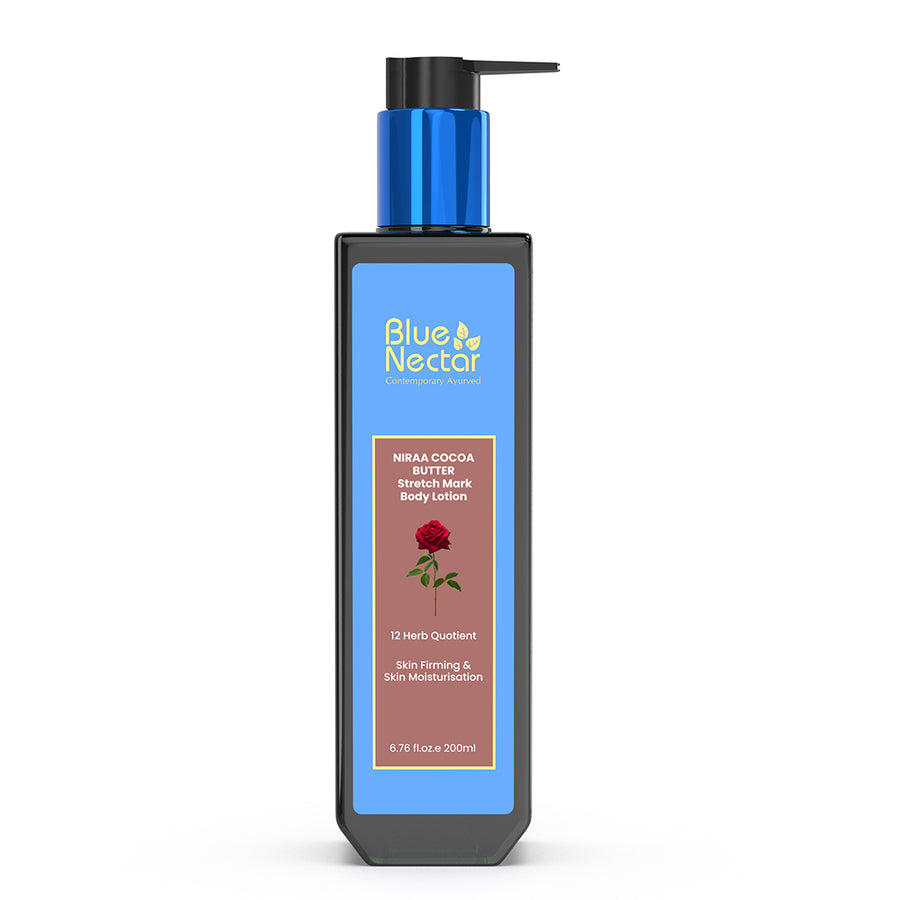
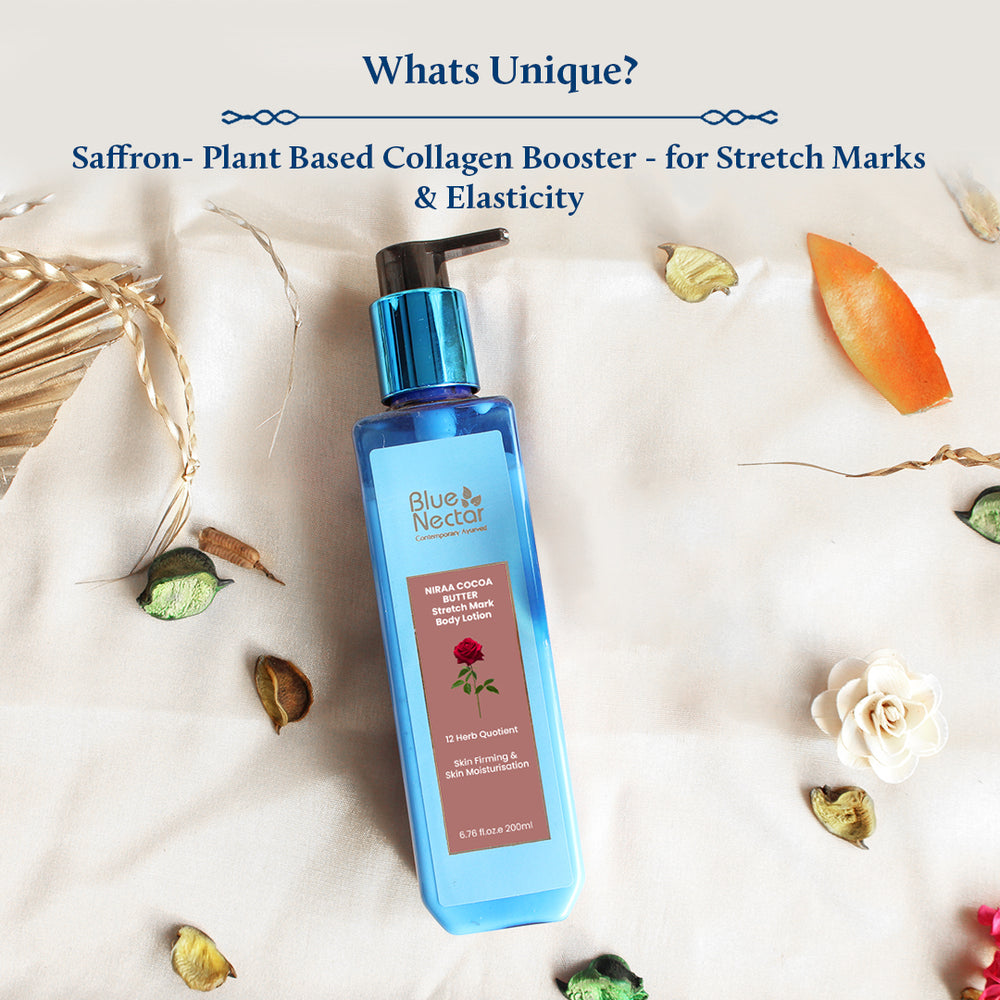
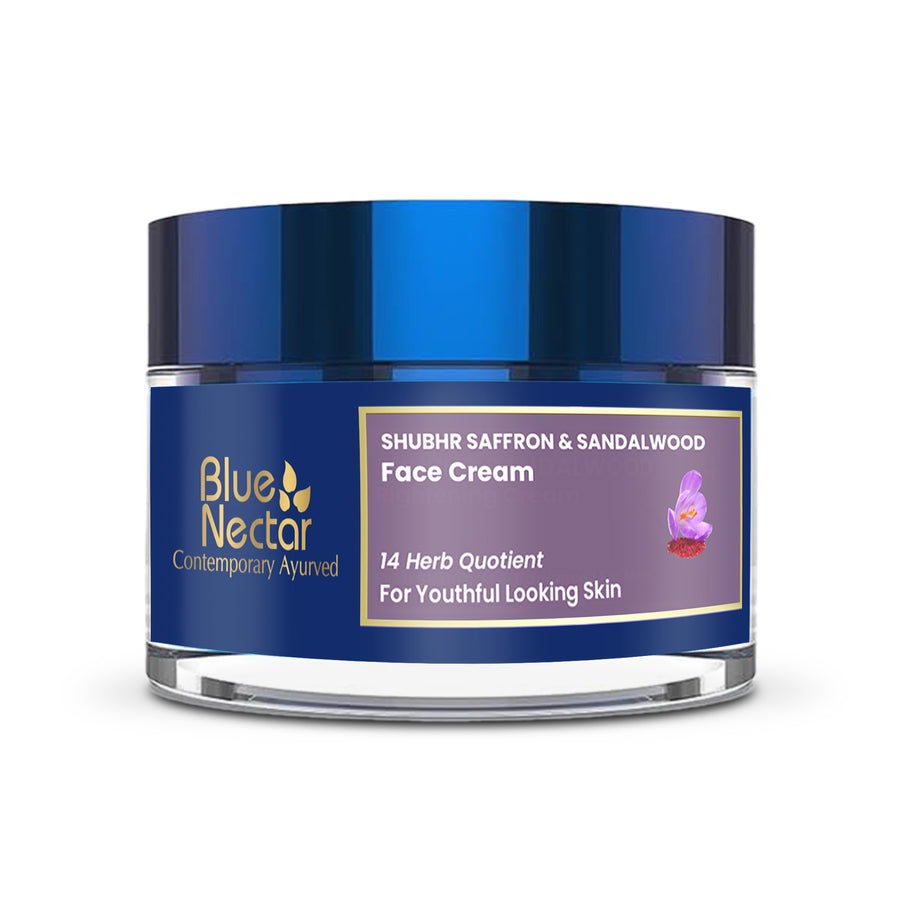
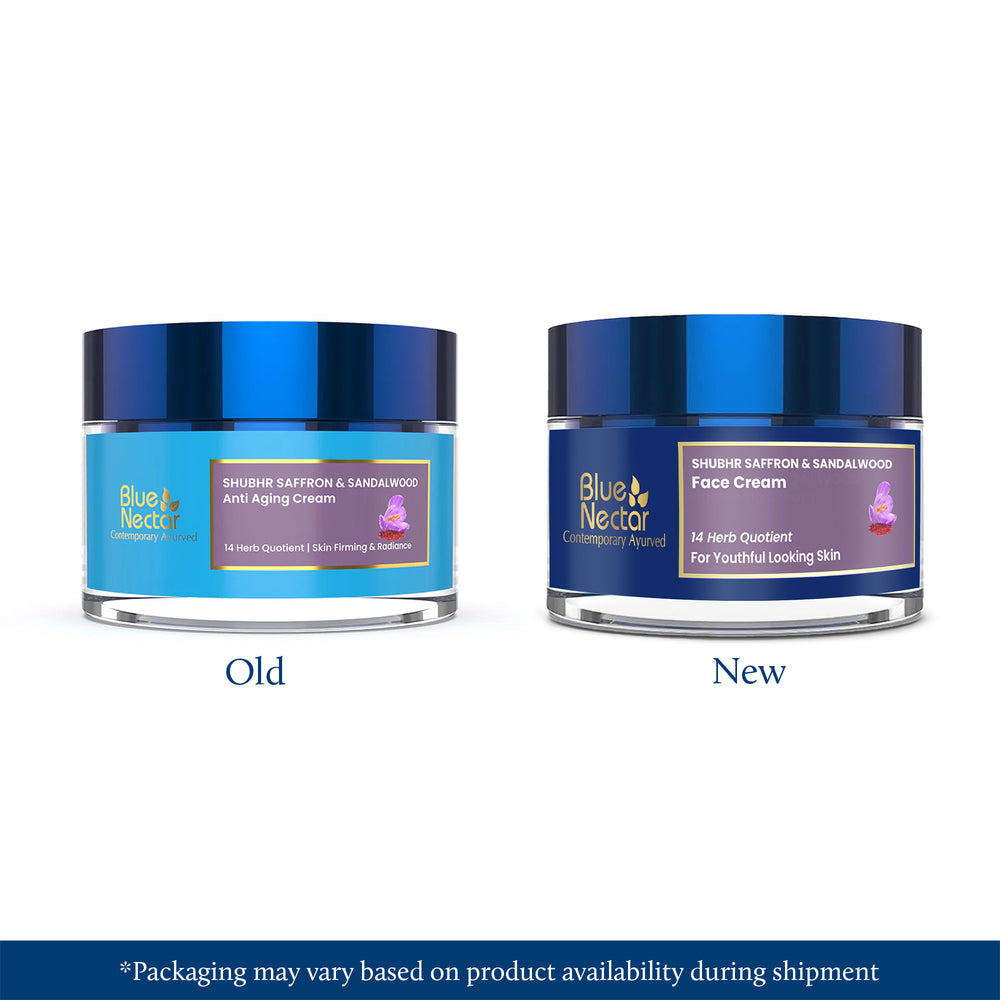
Leave a comment